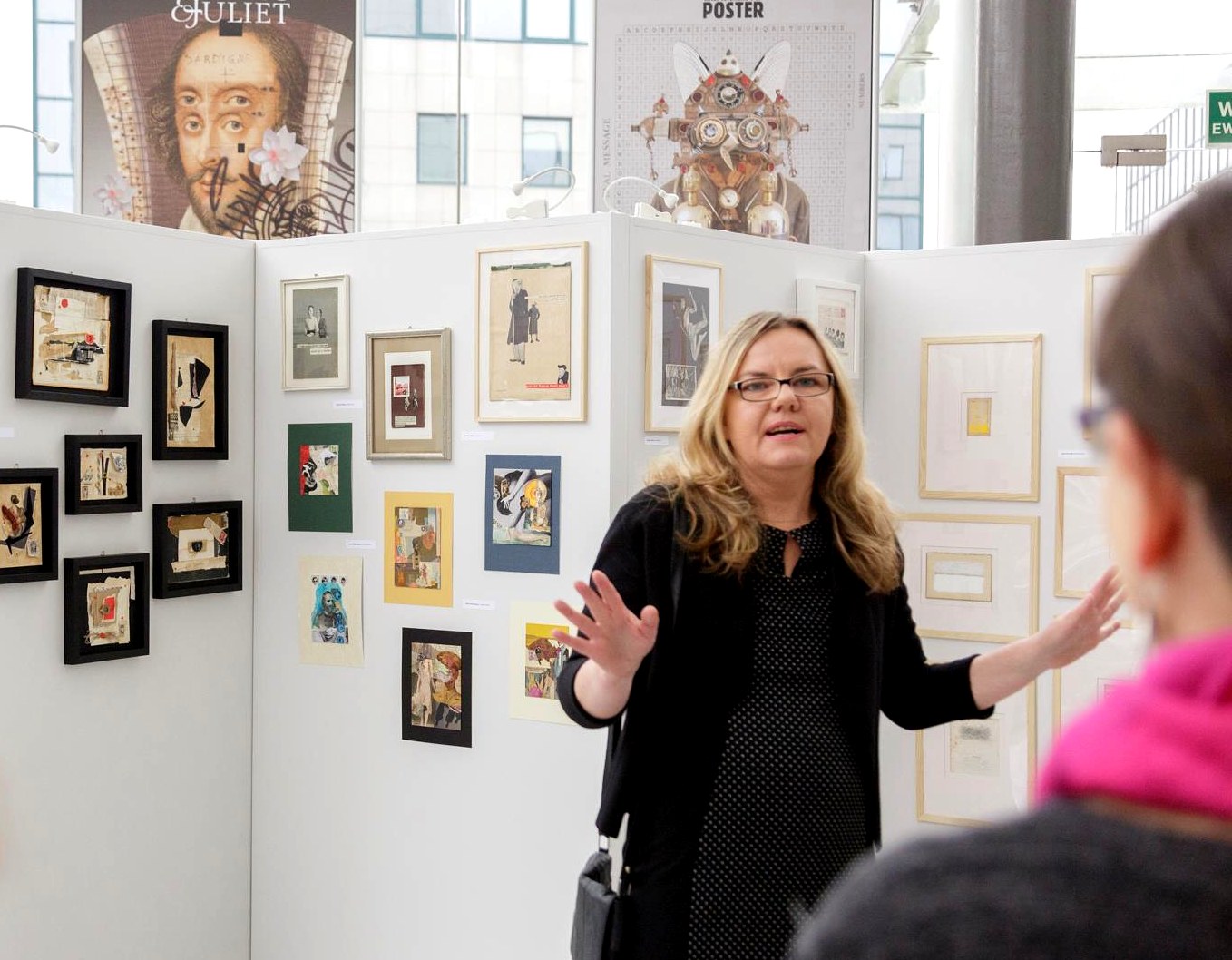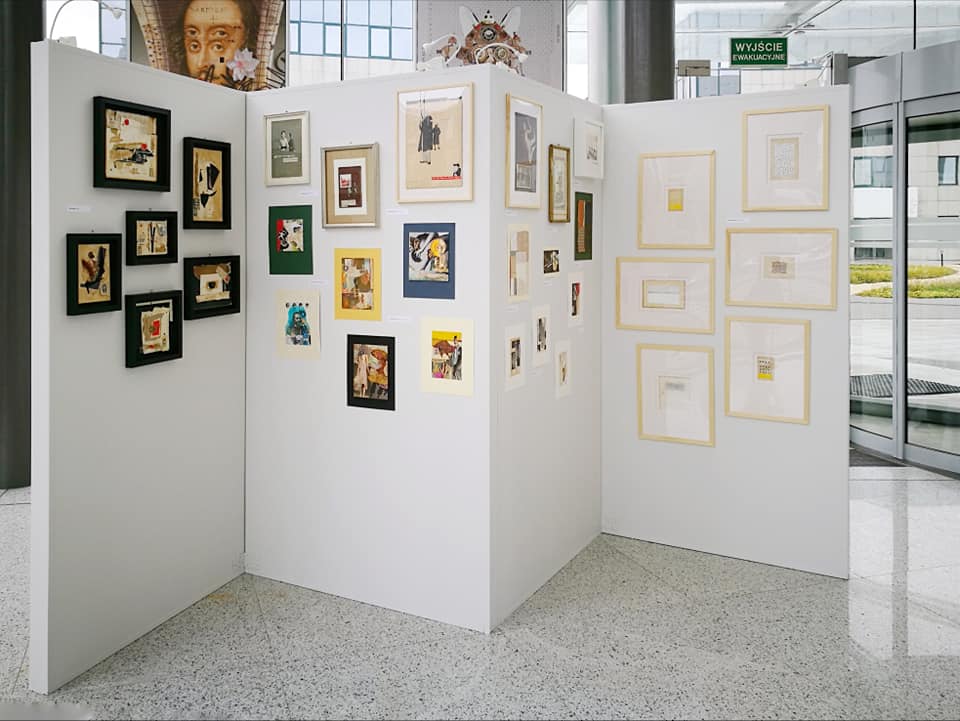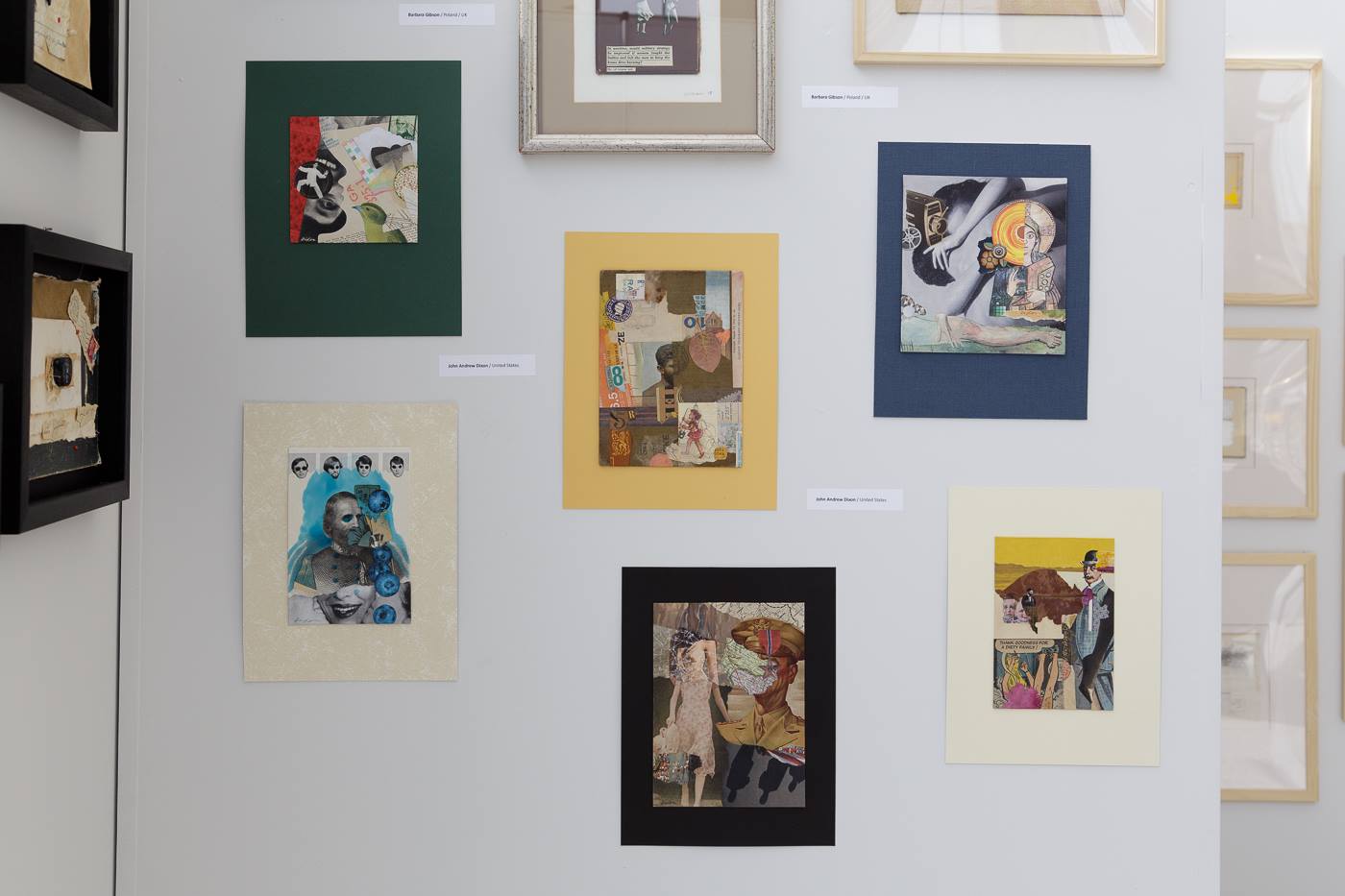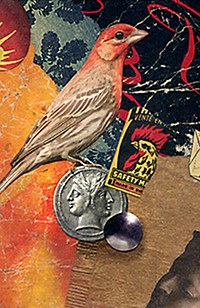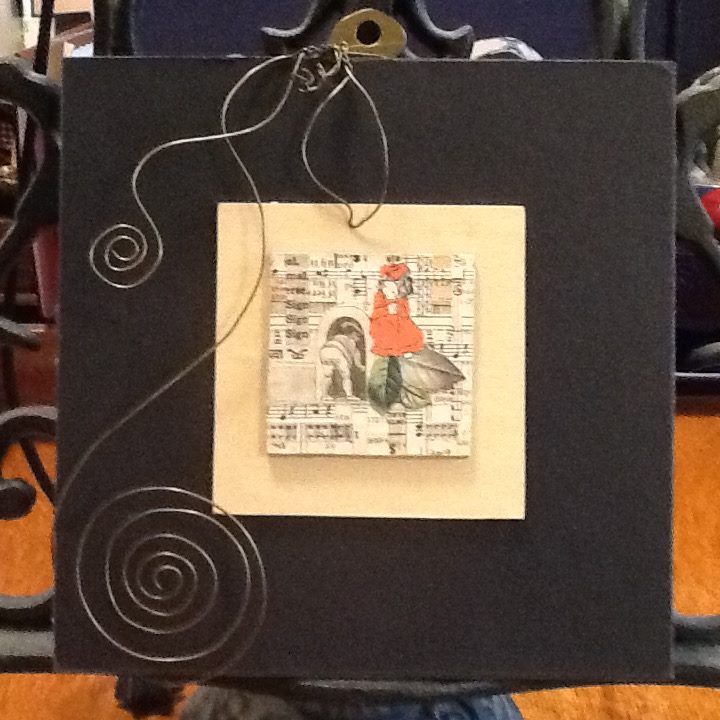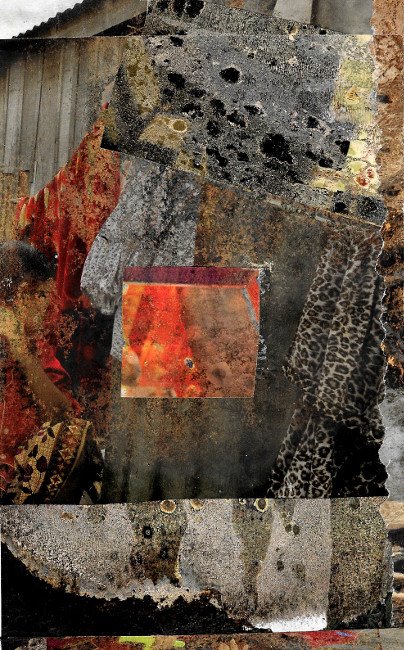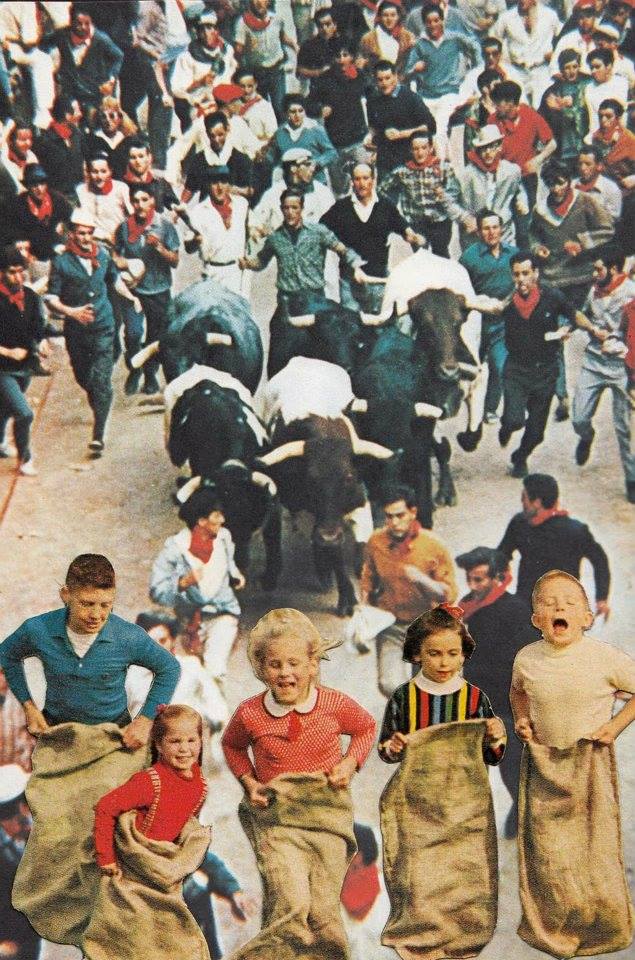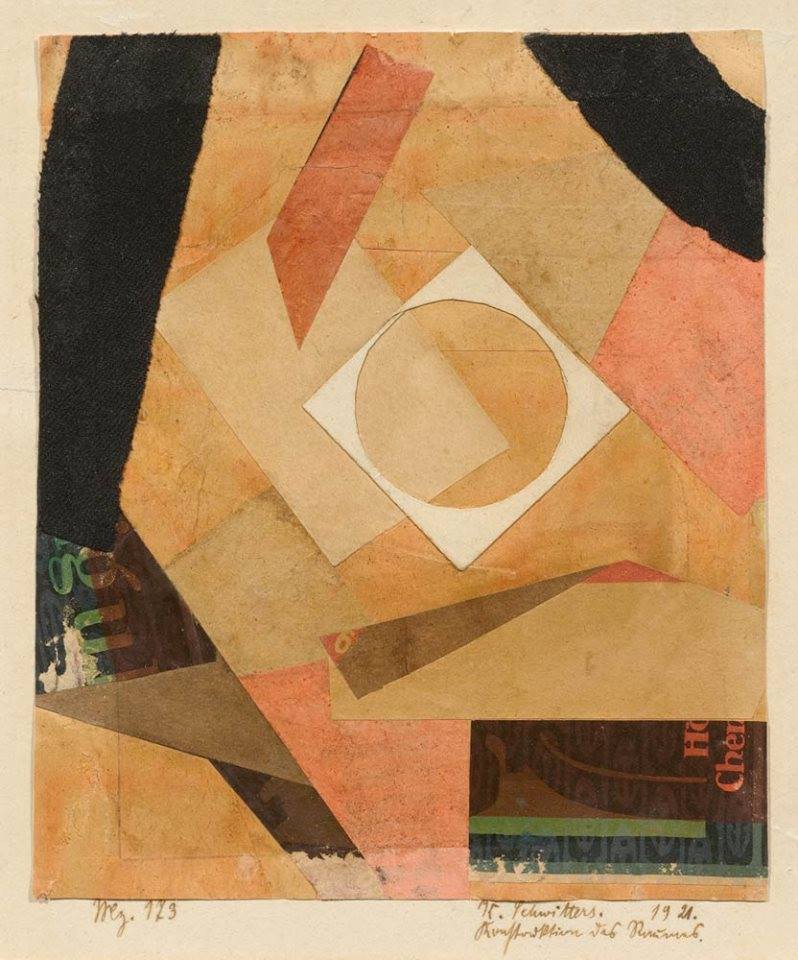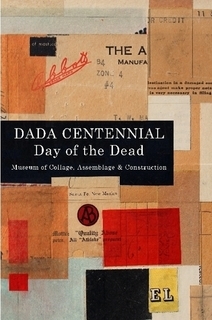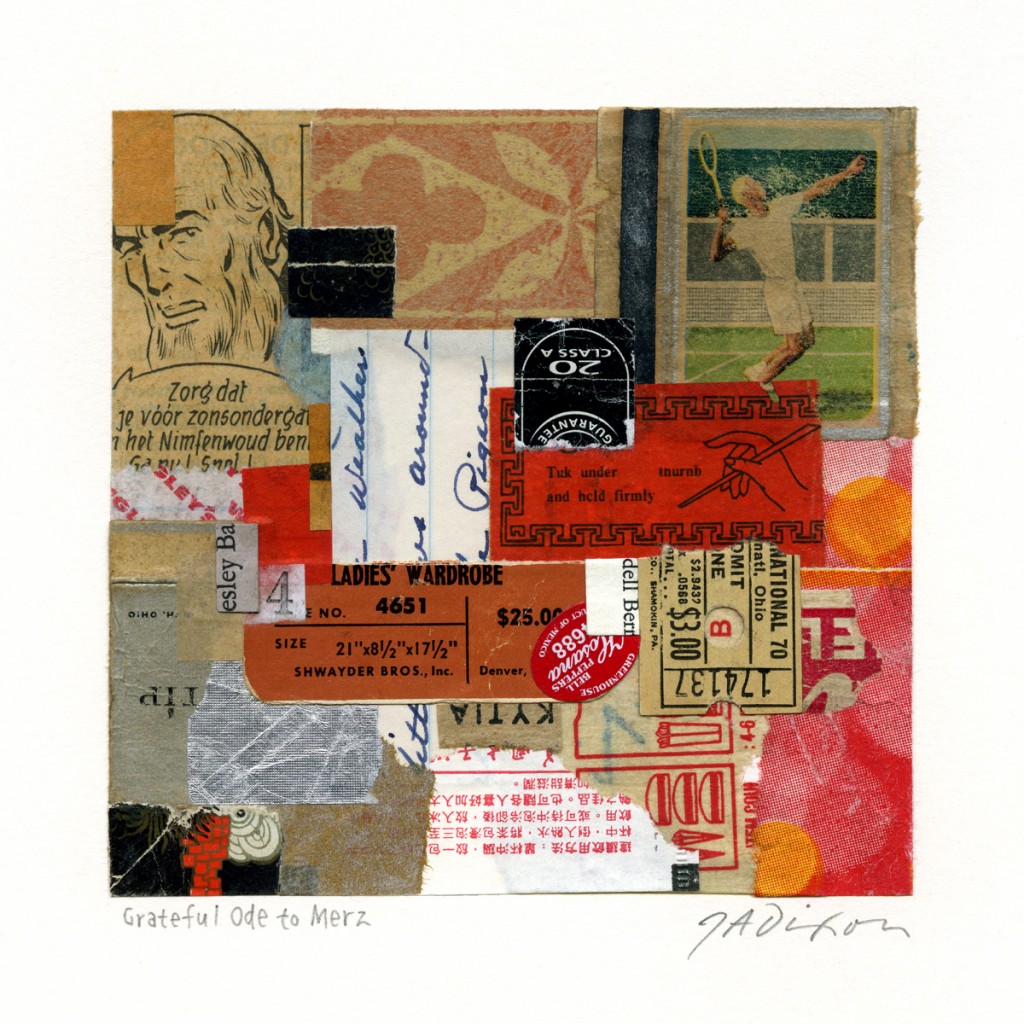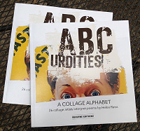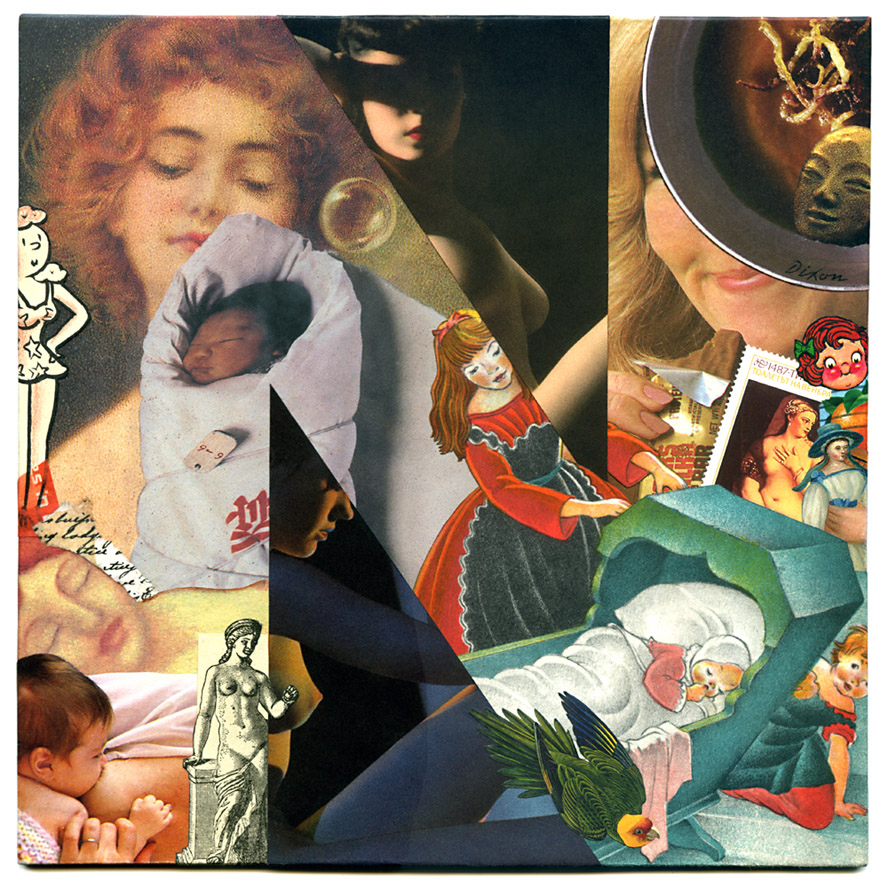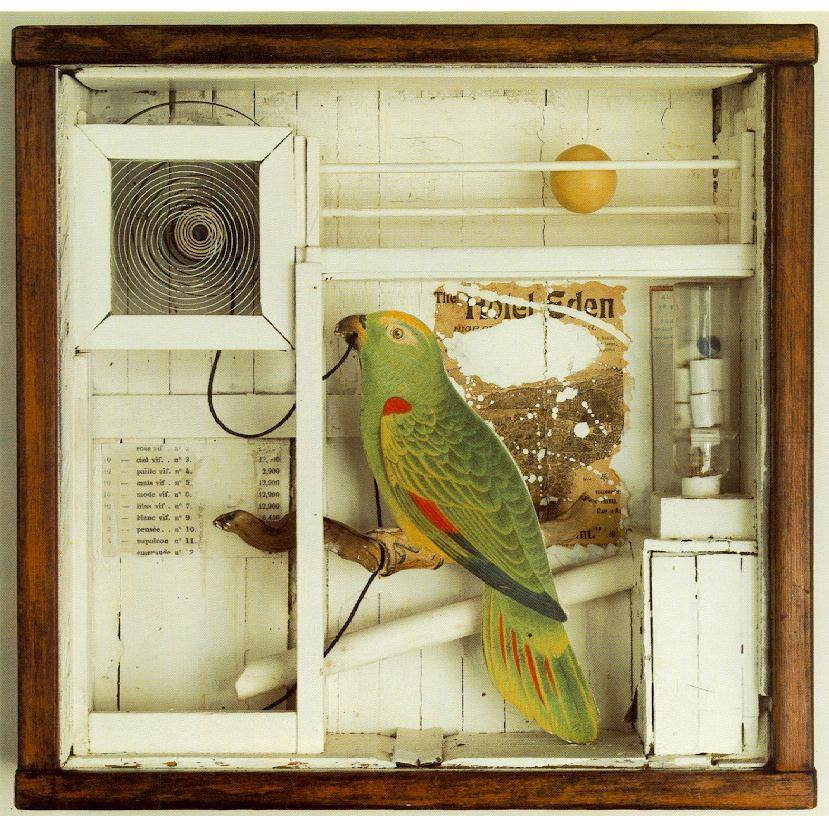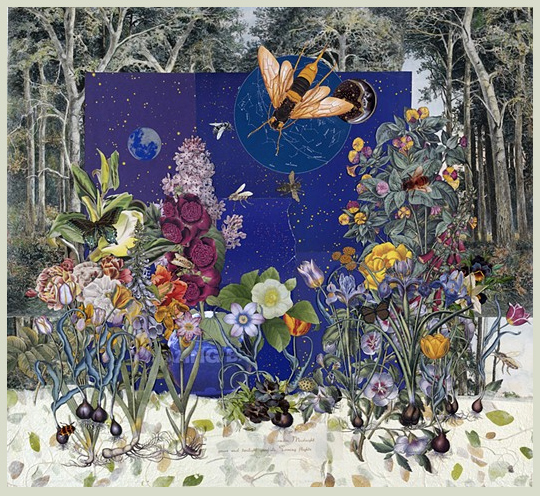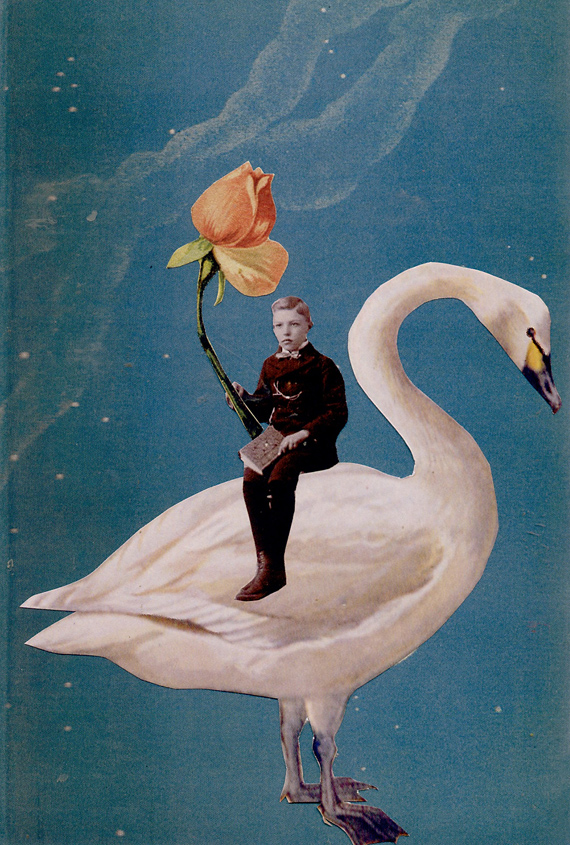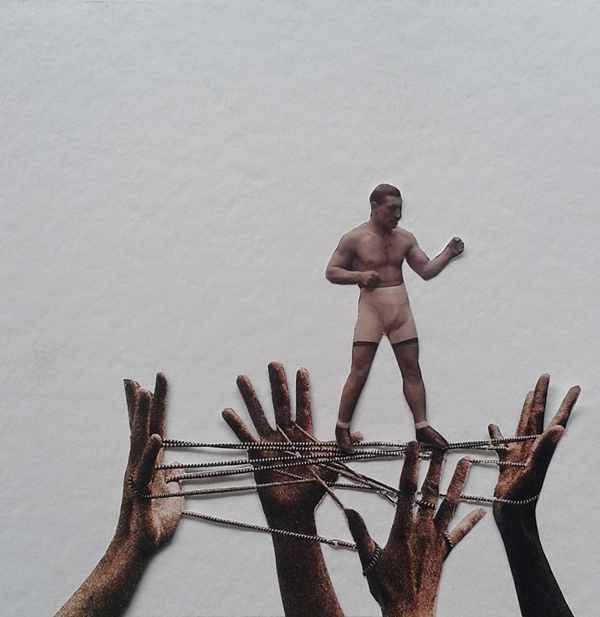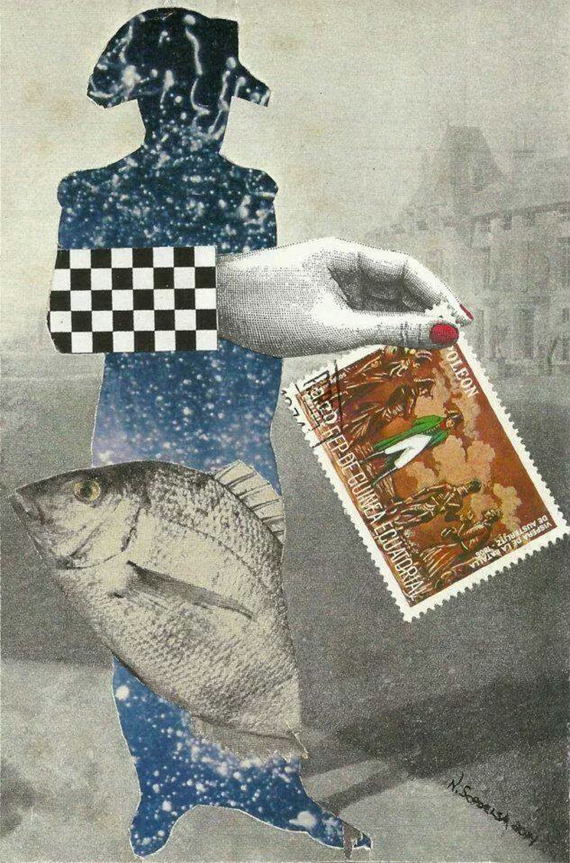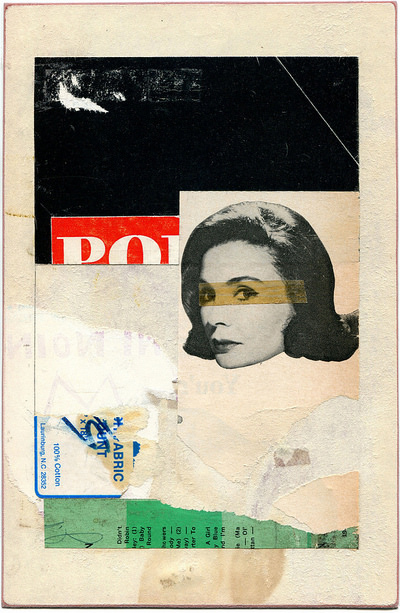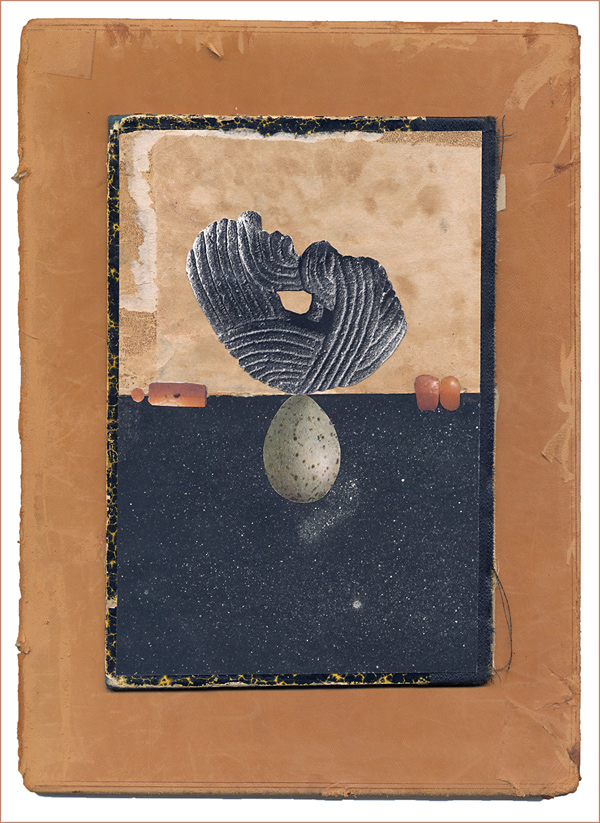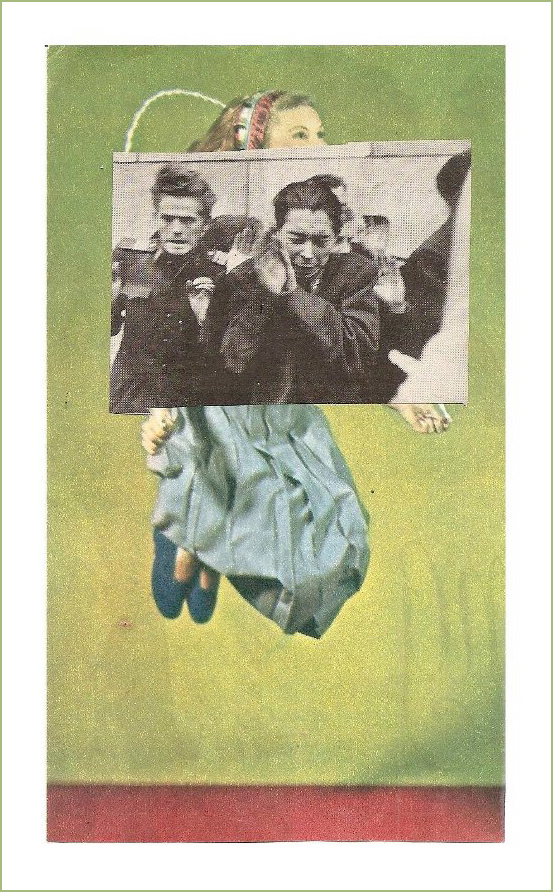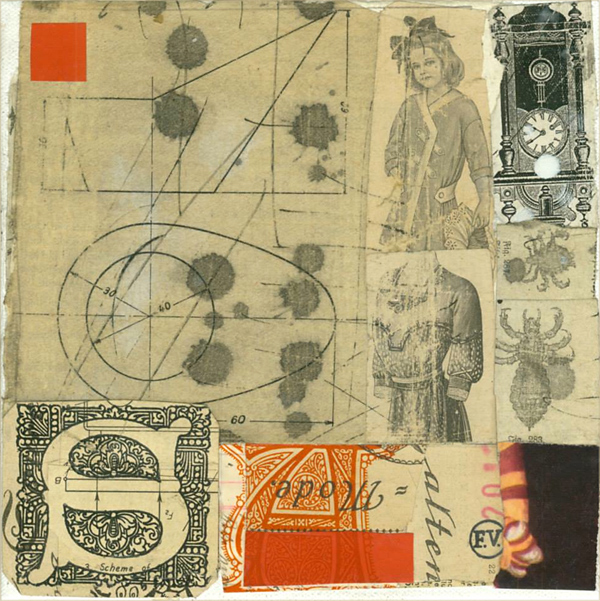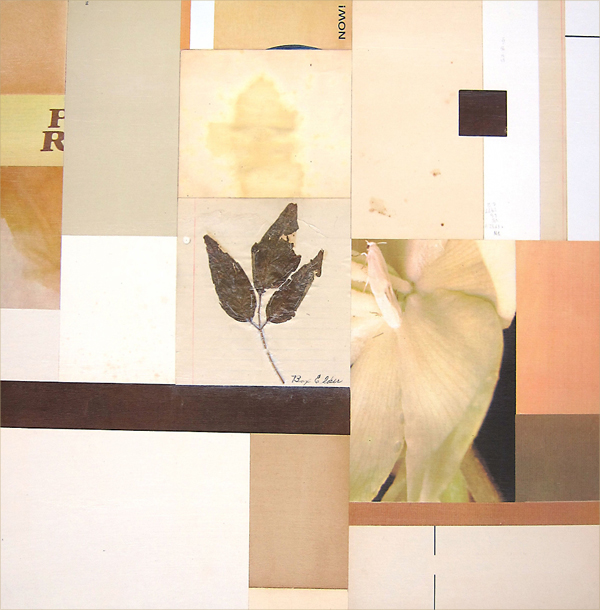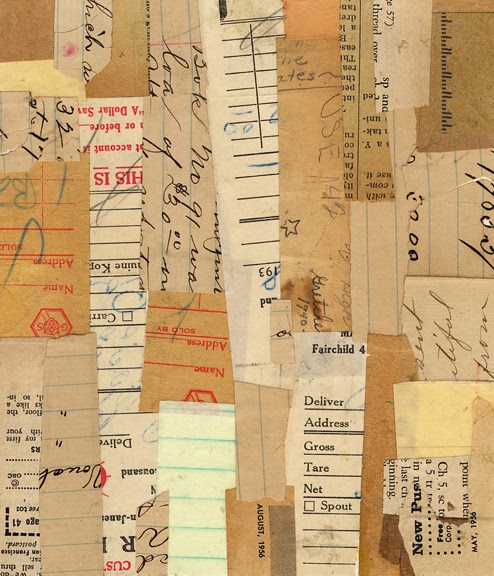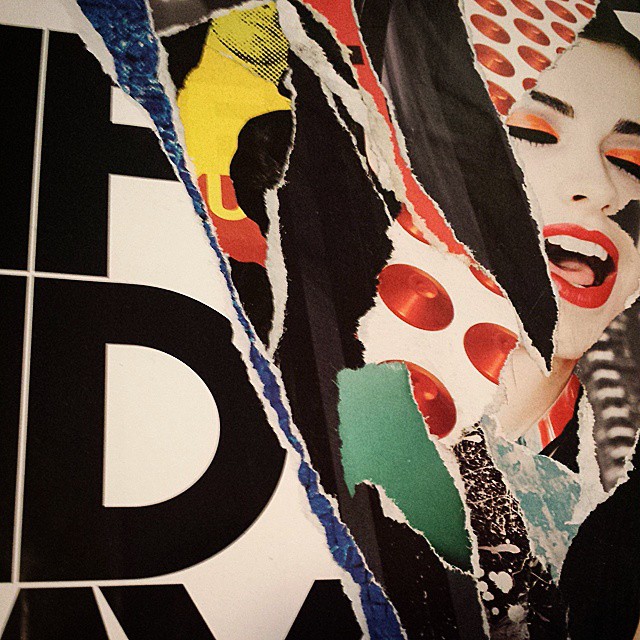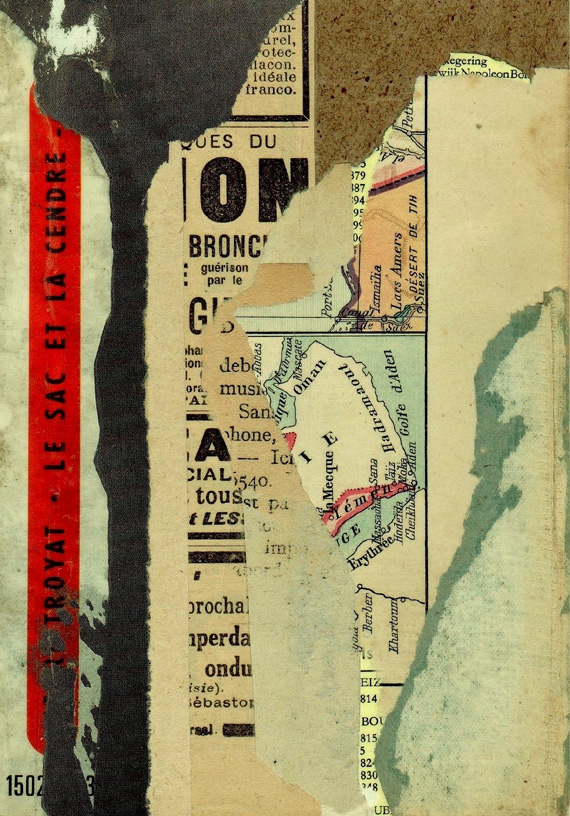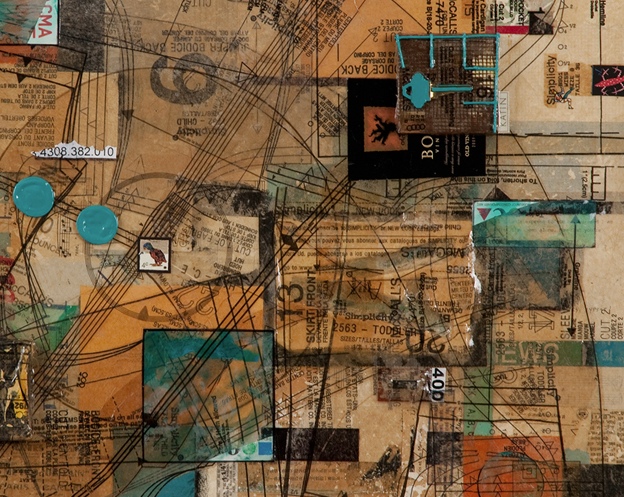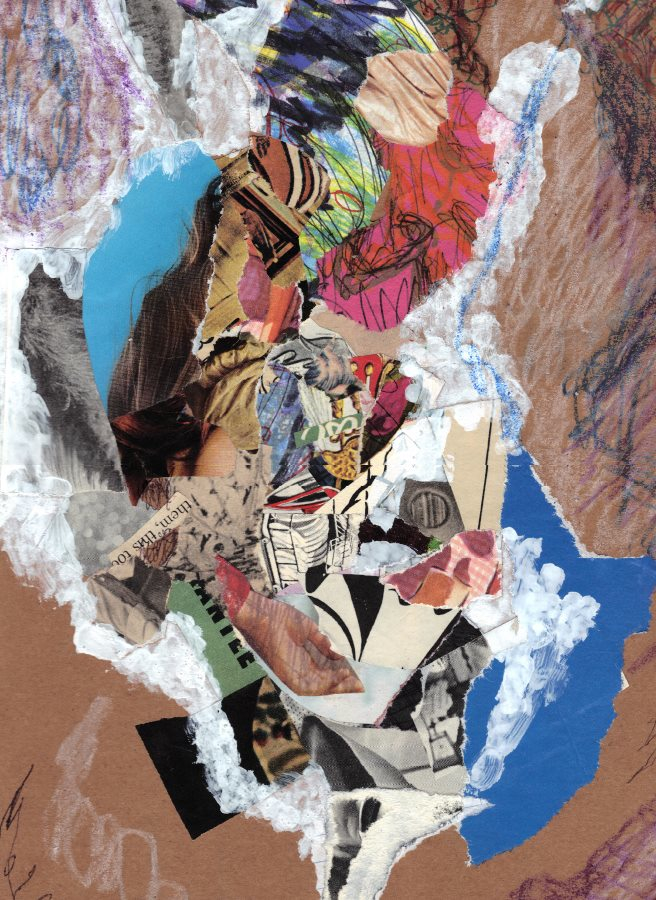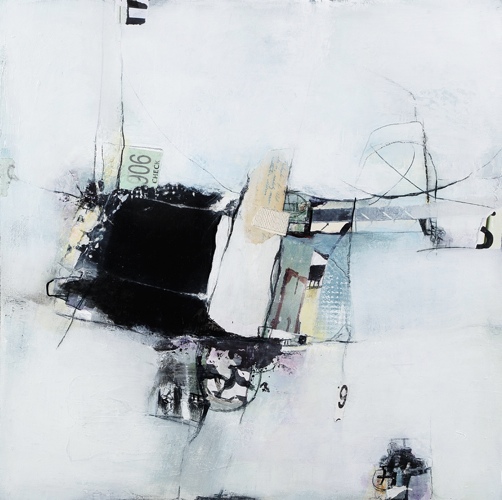“One year ago, on 24th April, Retroavangarda Gallery held its opening exhibition in the modern office building complex Jerozolimskie Business Park in Warsaw. Since that day, many great artists and guests have visited the gallery. A big thank you to all artists and visitors!”
— Anna Kłos
I became aware of Dr Anna Kłos almost from the time she was instrumental in opening Warsaw’s Retroavangarda Gallery in 2018, which immediately hosted its first high-profile collage exhibition. As the gallery’s director, she used her evident social networking skills to quickly develop a strong presence on the worldwide stage of contemporary collage. I wasn’t nearly as impressed with this capability as with her curatorial acumen as a design historian and modern art scholar.
It was on this basis that I was profoundly gratified with her invitation to be a part of Retroavangarda’s second International Collage Art Exhibition 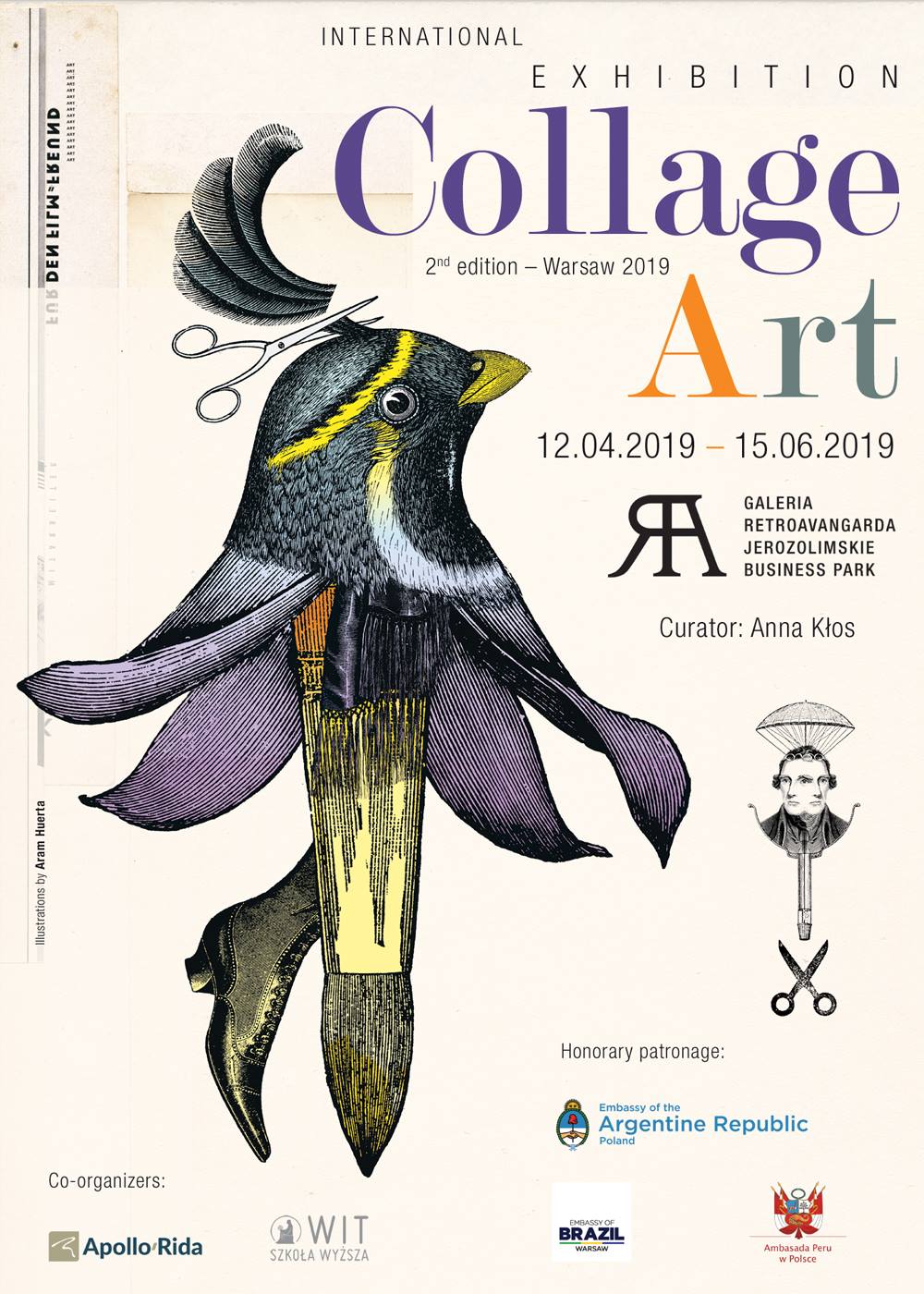 to mark the institution’s first anniversary. It more than made my day when I was notified that all six of the works that I sent to Poland were selected for display and acceptance into the gallery’s permanent collection. With more than 200 works by 76 artists from around the world, Kłos organized the show under the honorary patronage of the Embassy of Argentina, the Embassy of Brazil, and the Embassy of Peru. The exhibition opened on April 4th, followed by a well-attended reception that included dignitaries from the three embassies. The show closes today, and jetting to Warsaw wasn’t possible for me, although I would have been thrilled to personally experience what was obviously a landmark compilation of exceptional collage artwork. The dynamic Anna, whose PhD dissertation was on Dadaist collage, is also a fine artist, lecturer, graphic design instructor at the Warsaw School of Information Technology, and curator of their WIT gallery.
to mark the institution’s first anniversary. It more than made my day when I was notified that all six of the works that I sent to Poland were selected for display and acceptance into the gallery’s permanent collection. With more than 200 works by 76 artists from around the world, Kłos organized the show under the honorary patronage of the Embassy of Argentina, the Embassy of Brazil, and the Embassy of Peru. The exhibition opened on April 4th, followed by a well-attended reception that included dignitaries from the three embassies. The show closes today, and jetting to Warsaw wasn’t possible for me, although I would have been thrilled to personally experience what was obviously a landmark compilation of exceptional collage artwork. The dynamic Anna, whose PhD dissertation was on Dadaist collage, is also a fine artist, lecturer, graphic design instructor at the Warsaw School of Information Technology, and curator of their WIT gallery.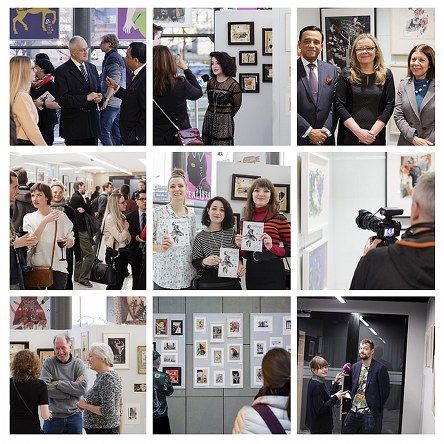
It is a distinct privilege to be among the few North Americans selected to participate in one of the largest showcases of fine art collage ever held in Central Europe. Other artists from the USA with displayed work include Allan Bealy and Nikki Soppelsa, previously featured here, in addition to Angela Holland and Claire Dinsmore, both new to me. Please visit Anna’s facebook page and the Retroavangarda site to view images from the exhibition. Everyone interested in the art of collage will want to follow her ambitious activities in Poland.
The six collage miniatures exhibited at Retroavangarda Gallery were:
Blind the Mocking Eye • Faded Recollections • Truth Be Told • A Dirty Family • A General Affair • Myrmidons
